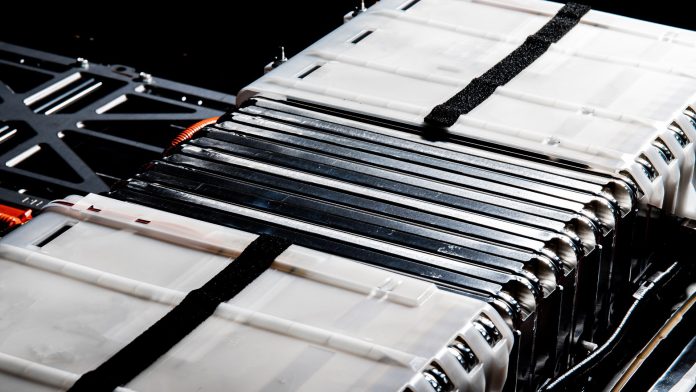Author: STMicroelectronics
If we had to summarize the spirit that drives the AEK-POW-BMS63EN development board in one word, it would be accessibility. Battery management applications are notoriously challenging, and building one capable of meeting the automotive industry’s stringent requirements is even more complex. Consequently, a device like the L9963E can feel daunting. The component offers fast and precise measurements that enable state of charge (SOC) and state of health (SOH) estimations and play an active role in operations like charge balancing, which directly increases the lifespan of the battery cells. However, it also means that battery management applications can remain out of reach to those with less expertise, which is becoming a more significant issue.
Indeed, complex battery management solutions are no longer limited to electric cars, which creates a problem of accessibility. While experts rapidly take the L9963E and start using it in their custom reference design, more and more teams are new to this type of application. The e-mobility market has expanded to e-bikes, e-scooters, delivery robots, and more. Additionally, the democratization of home batteries that store energy from solar panels also means that battery management systems are penetrating new markets. As a result, teams with little to no experience in this field can end up struggling. That’s why we came up with the AEK-POW-BMS63EN, and AEK-COM-ISOSPI1 basic building blocks, and the AutoDevKit ecosystem.
The AEK-POW-BMS63EN and its hardware ecosystem
Creating a daisy chain

The AEK-POW-BMS63EN improves accessibility by providing a connector to the battery pack that works easily with the AEK-POW-BMSHOLD, a holder capable of storing up to 14 cylindrical INR 18650 battery cells in series. Put simply, even someone without experience in this application can grab the holders, add cells, and connect them to the L9963E board.. The holder also makes it easier to connect the load and install temperature sensors. Moreover, it is possible to daisy chain up to 31 AEK-POW-BMS63EN nodes thanks to the board’s isolated (ISOL) ports, which use a USB connector and a cable implementing a two-wire isolated SPI interface to ensure greater communication stability and better protection from noise.
Connecting an MCU board

To connect the L9963E board to an MCU, ST developed the AEK-COM-ISOSPI1, a dongle featuring the L9963T transceiver. It enables an isolated SPI connection between the battery management system and a host MCU board like the AEK-MCU-C4MLIT1. It’s possible to use the system without isolation to save costs, which makes sense in lower power systems. Conversely, in designs handling more than 48 V or very high current, the isolation between the boards in the daisy chain and with the host MCU offers protection against adverse events, thus providing a robust implementation to those with little experience. In fact, all our boards come with schematics and bills of materials.
The AEK-POW-BMS63EN and its software ecosystem
Starting with AutoDevKit Studio
ST’s commitment to accessibility goes as far as enabling the use of the AEK-POW-BMS63EN with another MCU board than the one we suggest in this blog post. We even recognize that a team could use another MCU maker entirely. Our goal is to make battery management solutions more approachable to all teams, including those that work on competing systems. However, many choose our SPC boards because they enable developers to take full advantage of the AutoDevKit ecosystem, which comes with unique implementations that can shorten the time to market by several months or even a year.

For instance, the AutoDevKit Studio IDE has all the drivers, middleware, and GUIs to facilitate configuration operations. In very practical terms, developers can delve into the documentation, study each register, and take the time needed to program their proof-of-concept. Or, they can open AutoDevKit Studio and get started in a few clicks. There are even demo implementations, such as dual ring configuration. In this setup, engineers connect both ends of the daisy chain to the MCU board, thus creating a redundancy that automatically routes the signal to the secondary ring if the primary one fails. Therefore, creating a genuinely robust implementation only takes a few boards.
Learning from AutoDevKit Studio
Since we published our first blog post on AutoDevKit in 2020, the software ecosystem has grown to benefit more than just automotive applications. This has been even more true with battery management solutions where developers can use the GUI to grasp complex notions like coulomb counting or cell balancing. We also provide a Getting Started Guide to walk new engineers through the available demos. The documentation even details the major APIs that will help teams create their application. In a nutshell, even integrators who don’t work on cars can use the AutoDevKit ecosystem as an educational tool to help them understand battery management and design their solution faster.








